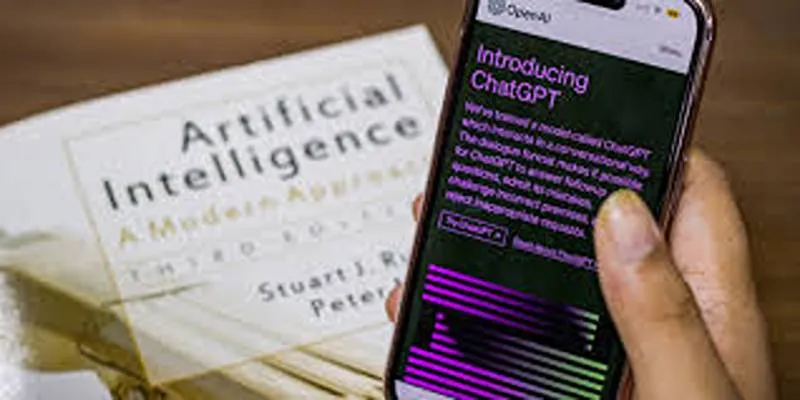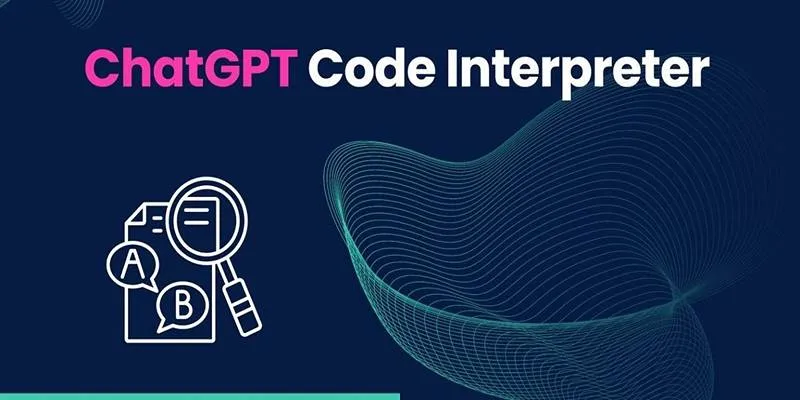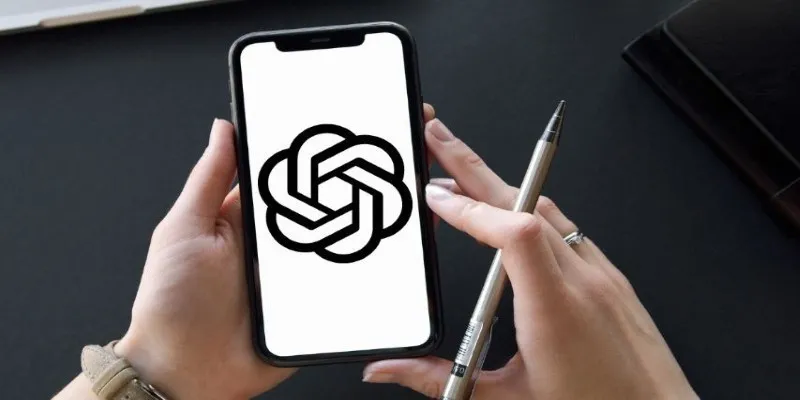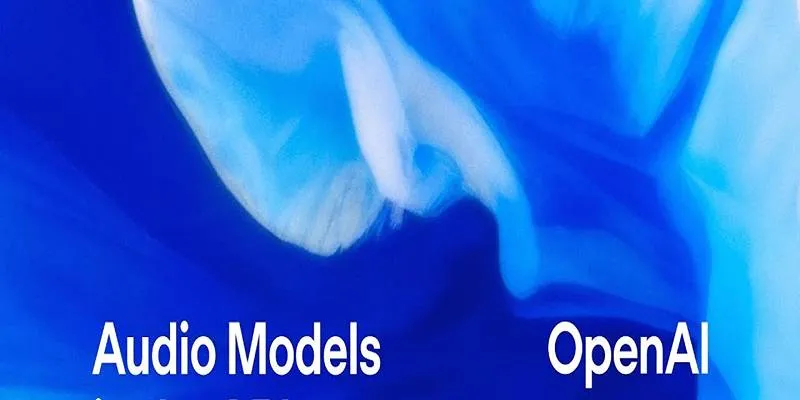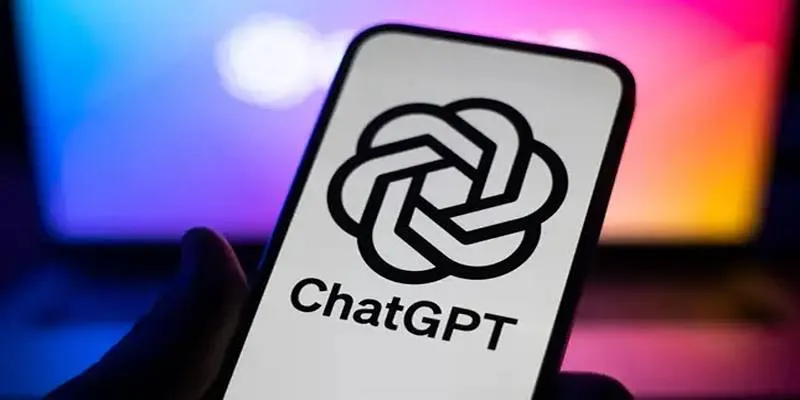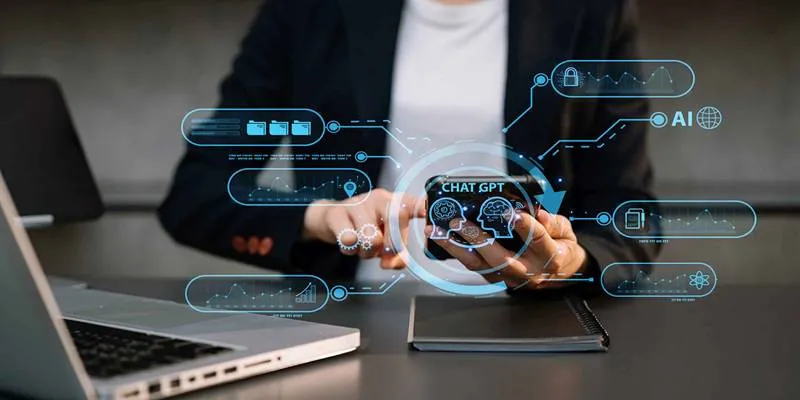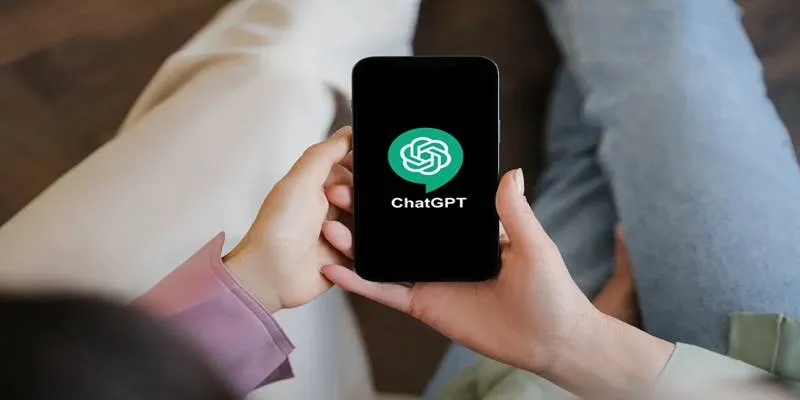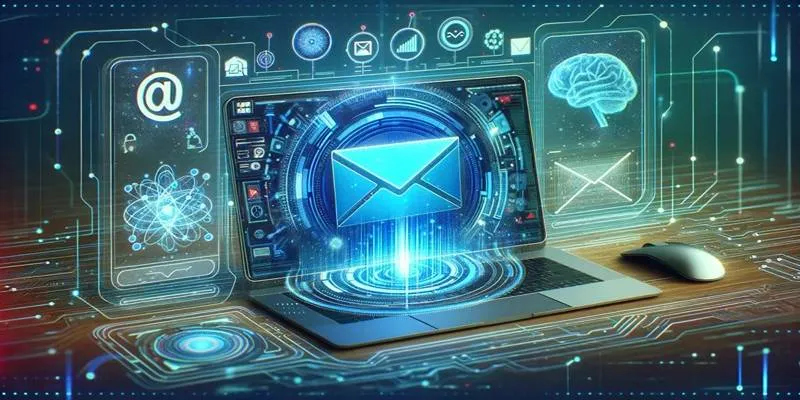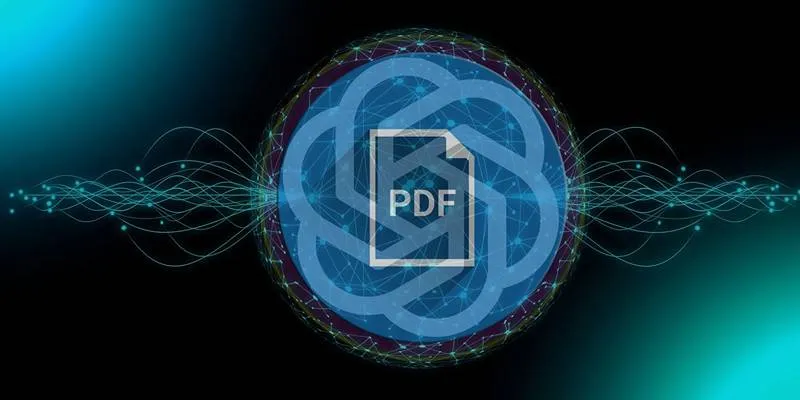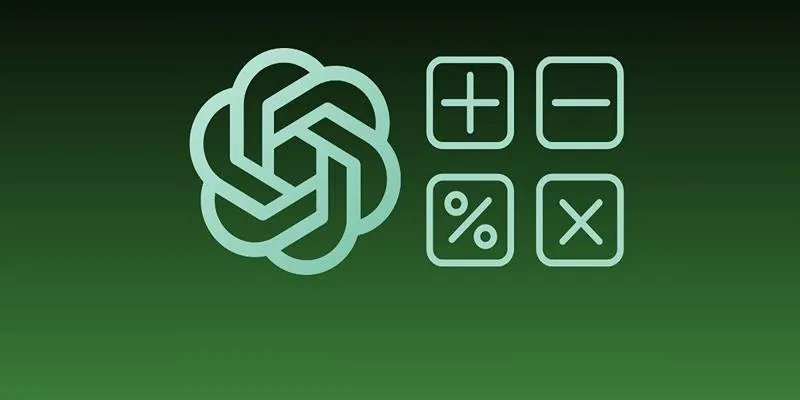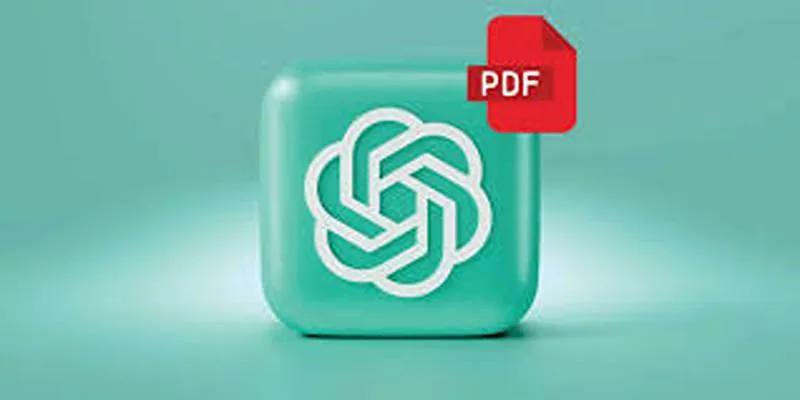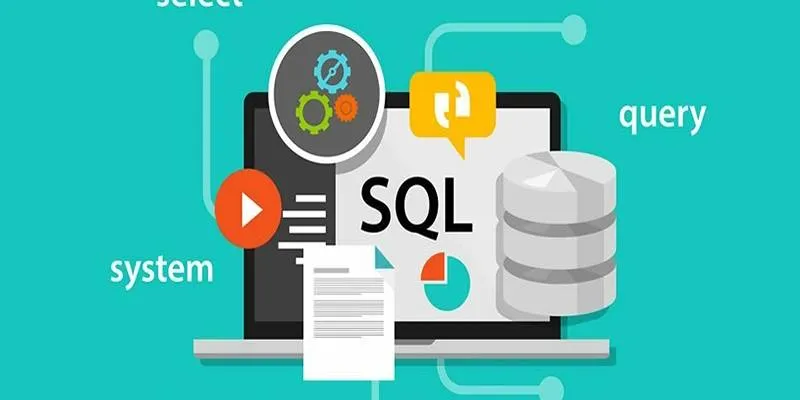In today’s fast-paced world, businesses must provide swift, convenient, and intelligent responses to their customers. Messaging apps like WhatsApp have become vital communication channels. With billions of active users, WhatsApp offers businesses a unique opportunity to engage with customers directly and in real-time. By integrating ChatGPT—a powerful language model developed by OpenAI—businesses can deliver automated, human-like support experiences 24/7.
This guide provides a comprehensive overview of integrating ChatGPT with WhatsApp to streamline customer support operations, enhance response times, and improve customer satisfaction without sacrificing authenticity or scalability.
Preparing for Integration: Basic Requirements
Before starting the integration process, ensure you have the following prerequisites:
- A WhatsApp Business Account – Essential for accessing the WhatsApp Business API, allowing third-party tools or scripts to interact with users on the platform.
- OpenAI API Access – Users must have an OpenAI account and generate a secret API key to access ChatGPT’s models.
- A Middleware or Server Application – This bridges the two APIs (WhatsApp and ChatGPT) and routes messages accordingly. Options include using a custom backend, chatbot platform, or third-party integration tool.
Step-by-Step Process to Integrate ChatGPT With WhatsApp
Integrating ChatGPT with WhatsApp involves a structured process to ensure seamless functionality and reliable customer interactions. Follow these steps for a successful integration.
Step 1: Set Up a WhatsApp Business Account
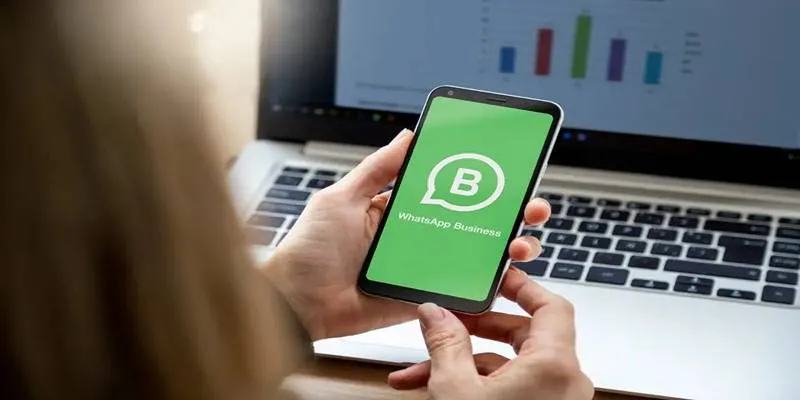
Start by establishing a WhatsApp Business Account. Unlike the standard WhatsApp application, this account provides access to the WhatsApp Business API, a crucial component for chatbot integration.
Once verified and approved, you can manage message templates, integrate third- party services, and configure automated responses through the API. Register directly through Meta’s platform or a WhatsApp Business Solution Provider (BSP).
Step 2: Get Access to ChatGPT Through OpenAI API
Access ChatGPT through OpenAI’s API platform, which provides developers with the tools needed to interact with the model programmatically. Create an OpenAI account, navigate to the API section, and generate a secure API key. This key serves as the authentication token for any future requests sent to the ChatGPT model.
Store the API key securely to prevent unauthorized access, which could lead to quota misuse or unexpected billing. The API supports both GPT-3.5 and GPT-4 models, depending on your use case and performance needs.
Step 3: Build the Integration Bridge
The integration bridge is a middleware application that connects WhatsApp’s messaging infrastructure with the ChatGPT language model. It receives messages from WhatsApp, converts them into structured queries for ChatGPT, and returns the AI’s replies through WhatsApp.
Developers commonly use web development frameworks like Django or Flask to build this bridge. The application typically features API routes to handle inbound requests and generate responses dynamically based on message content.
Ensure that message formatting, error handling, and session management are carefully addressed. The application must securely and scalably interact with both the WhatsApp API and the ChatGPT API.
Step 4: Connect the Middleware to WhatsApp
After the middleware application is ready, link it with WhatsApp using the WhatsApp Business API or unofficial clients that simulate WhatsApp Web functionality, such as Whatsmeow.
Set up a listener to detect incoming messages on WhatsApp. These messages are routed to the middleware, processed, and passed to ChatGPT. The AI-generated response is returned via the same channel, ensuring real-time interaction.
During development, a QR code-based login is often used for authentication. In production environments, persistent and verified sessions are recommended to avoid disruptions.
Step 5: Configure and Fine-Tune Automated Responses
While ChatGPT is highly capable out of the box, businesses often need to fine-tune responses for brand consistency and user relevance. This involves shaping the model’s behavior through contextual messaging, pre- defined instructions, or formatting standards within the middleware logic.
Organizations can use pre-loaded knowledge, FAQs, or conversation context to improve response accuracy. For instance, inputting standard product descriptions or return policies can help ChatGPT provide more precise answers. The goal is to blend automation with personalization. Well-configured systems deliver clear, accurate, and brand-aligned answers with minimal delay.
Step 6: Test the Workflow Thoroughly
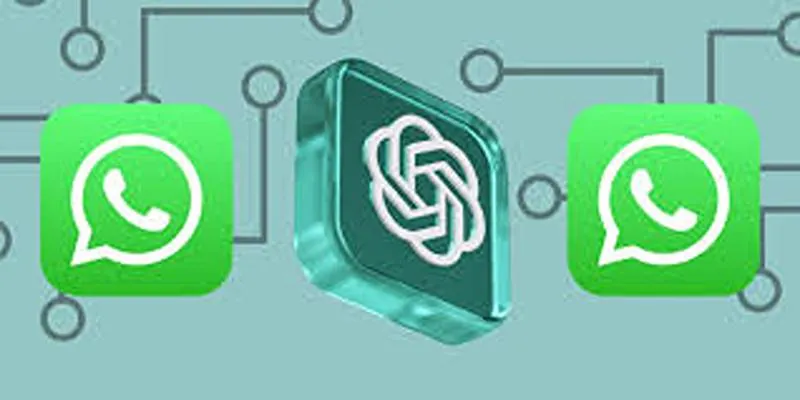
Before deployment, conduct extensive testing. Every workflow component—ChatGPT response generation, WhatsApp message delivery, and API communication—must be tested to identify and resolve potential issues.
Use API testing tools or the built-in capabilities of development frameworks like Django REST to simulate various user queries and observe how ChatGPT handles edge cases, unfamiliar questions, and multi-step conversations.
Step 7: Monitor, Measure, and Optimize
Deployment is just the beginning. Continuous monitoring ensures the integration continues to deliver value. Measure key performance indicators such as response time, resolution rate, user satisfaction, and chatbot fallback frequency.
These insights help identify areas for improvement. Adjustments may include rephrasing response templates, updating ChatGPT prompts, or expanding the training context for specific topics. Analytics tools or third-party platforms like OpenDialog or Rasa can be integrated to visualize performance metrics and track long-term trends in chatbot engagement.
Conclusion
Integrating ChatGPT with WhatsApp empowers businesses to modernize their customer support channels. It reduces response time, scales support operations, and delivers personalized experiences—all while maintaining a conversational, human-like tone.
This powerful combination of real-time messaging and AI-driven automation positions companies to meet customer expectations in the digital age. With the right setup and optimization strategy, ChatGPT becomes more than just a chatbot—it becomes a reliable extension of your brand’s support team.
 zfn9
zfn9
